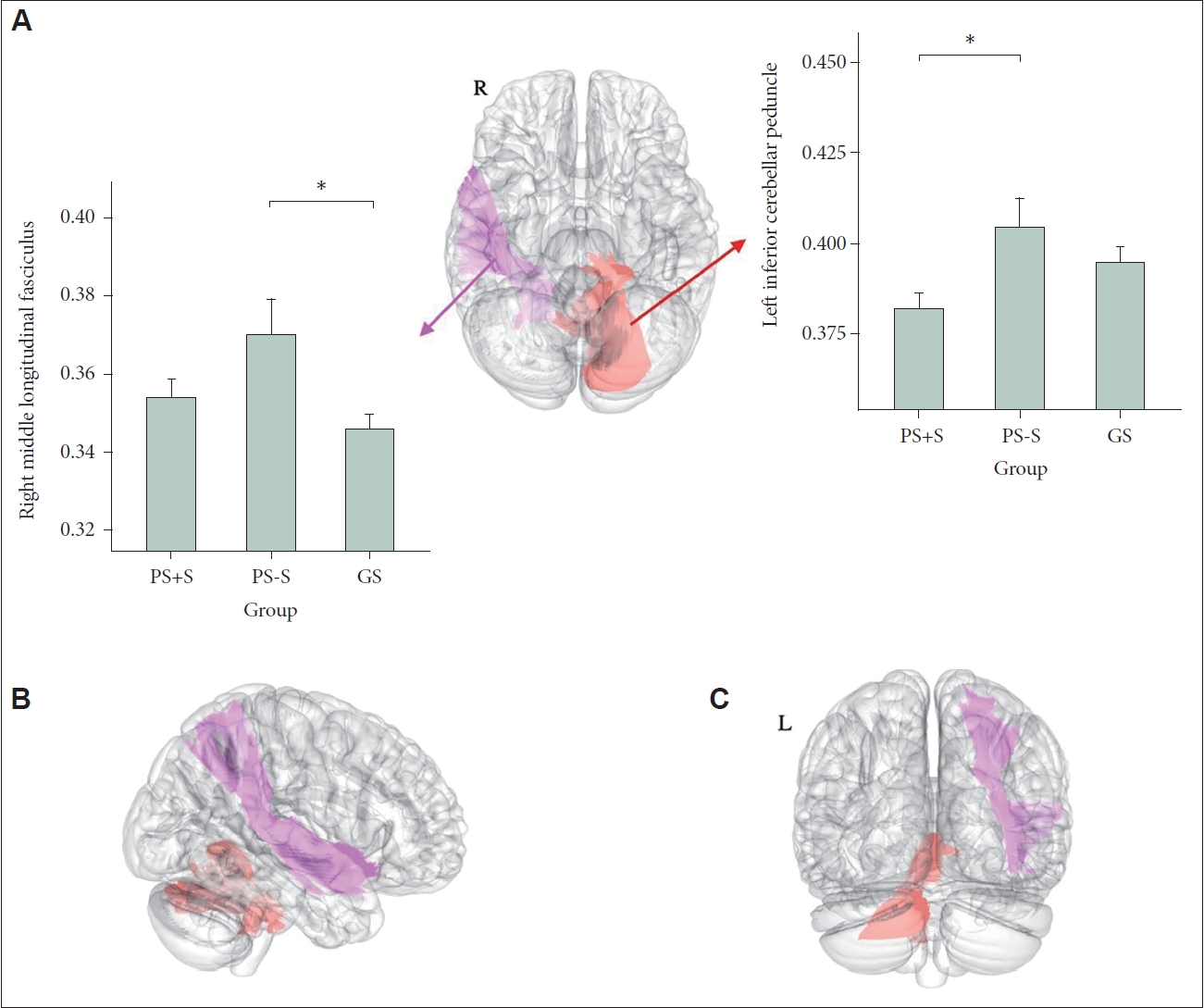 |
 |
- Search
| Psychiatry Investig > Volume 20(5); 2023 > Article |
|
Abstract
Objective
Methods
Results
Conclusion
Notes
Availability of Data and Material
The datasets generated or analyzed during the study are available from the corresponding author on reasonable request.
Conflicts of Interest
The authors have no potential conflicts of interest to disclose.
Author Contributions
Conceptualization: Yu Jin Lee, Seog Ju Kim. Data curation: Jiye Lee, Nambeom Kim, Yunjee Hwang, Kyung Hwa Lee. Formal analysis: Minjeong Kim, Jiye Lee, Jooyoung Lee. Funding acquisition: Seog Ju Kim. Investigation: Jooyoung Lee, Yu Jin Lee, Seog Ju Kim. Methodology: Nambeom Kim, Yunjee Hwang, Kyung Hwa Lee. Project administration: Yu Jin Lee, Seog Ju Kim. Resources: Yu Jin Lee, Seog Ju Kim. Software: Jiye Lee, Nambeom Kim, Yunjee Hwang. Supervision: Yu Jin Lee, Seog Ju Kim. Validation: Nambeom Kim, Jooyoung Lee, Yu Jin Lee, Seog Ju Kim. Visualization: Minjeong Kim, Jiye Lee. Writing—original draft: Minjeong Kim, Jiye Lee. Writing—review & editing: Nambeom Kim, Yunjee Hwang, Kyung Hwa Lee, Jooyoung Lee, Yu Jin Lee, Seog Ju Kim.
Funding Statement
This research was supported by the National Research Foundation of Korea (NRF) grant funded by the Korean government (MSIT) (No. 2020R1F1A1049200, 2022R1A2C2008417), the Bio & Medical Technology Development Program of the National Research Foundation (NRF) funded by the Korean government (MSIT) (No. 2020M3E5D9080561), and a grant of the Korea Health Technology R&D Project through the Korea Health Industry Development Institute (KHIDI), funded by the Ministry of Health & Welfare, Republic of Korea (No. HR21C0885).
Figure 1.

Table 1.
| Variables | PS+S (N=14) | PS-S (N=9) | GS (N=13) | p | F-value | Post-hoc | |
|---|---|---|---|---|---|---|---|
| Age (yr)* | 43.93±12.78 | 39.11±14.32 | 31.77±8.90 | 0.04 | 3.51 | PS+S>GS | |
| Sex, female | 5 (35.71) | 5 (55.56) | 4 (30.77) | 0.52 | - | - | |
| Education | |||||||
| More than eighth grade, but less than high school | 0 (0) | 1 (11.11) | 0 (0) | 0.21 | - | - | |
| High school diploma | 3 (21.43) | 0 (0) | 3 (23.08) | 0.61 | - | - | |
| College graduate | 11 (78.57) | 6 (66.67) | 10 (76.92) | 1.00 | - | - | |
| Life stress level | |||||||
| Negative LES*** | 9.86±4.44 | 0.56±0.88 | 2.69±4.64 | <0.001 | 18.29 | PS+S>PS-S=GS | |
| Sleep disturbance | |||||||
| PSQI*** | 10.93±3.20 | 8.11±1.36 | 3.38±1.33 | <0.001 | 37.92 | PS+S>PS-S>GS | |
REFERENCES







